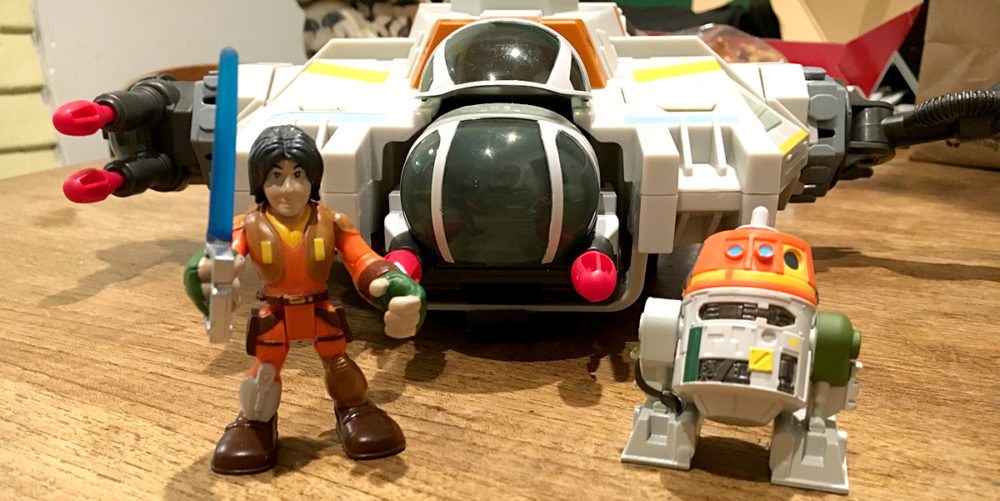

Children’s book author/illustrator David Macaulay’s specialty is explaining complicated things through clear, lively drawings. He also has a terrific, if dry, sense of humor (probably a result of his English origins). The first Macaulay book I ever bought – long before I had kids – was
1980’s Unbuilding, the story of the purchase and dismantling of the Empire State Building by an oil-rich sheik. (Well, it was funny at the time.) His Castle, Cathedral, Mill and other architectural picture books document both building techniques and social history. And I still use his book Motel of the Mysteries, a hysterical misinterpretation of modern-day culture by anthropologists of the future, to spice up my after school history programs.
Macaulay is good off the printed page as well. His PBS series efforts, especially Building Big, used live-action footage and some animation to demonstrate what keeps bridges, tunnels, and tall towers intact. You will never underestimate the power of an arch again.
But what Macaulay is best known for is undoubtedly 1988’s The
Way Things Work, a book that described everything from inclined planes to (in the updated 1998 version) microchips in a conversational, jargon-free way which revolutionized the how-to genre for adults as well as kids. Now Macaulay has brought the same approach to The Way We
Work, a book about the human body.

 Even though he’s dealing with living systems, Macaulay still looks at his subject through a architecture-lover’s eyes. Look closely at his drawings of the skeleton or circulatory system and you’ll see little supports and trusses holding them up for viewing. A page on how blood cells deliver oxygen shows them riding a roller coaster, and hormone-making cells look like miniature factories, complete with smokestacks.
Even though he’s dealing with living systems, Macaulay still looks at his subject through a architecture-lover’s eyes. Look closely at his drawings of the skeleton or circulatory system and you’ll see little supports and trusses holding them up for viewing. A page on how blood cells deliver oxygen shows them riding a roller coaster, and hormone-making cells look like miniature factories, complete with smokestacks.
The book may be aimed at kids, but it isn’t bedtime reading: it clocks in at an oversized 336 pages. (Counting the appendix — literally.) It covers everything from atoms, molecules and cells and concluding to the reproductive system and birth of a new human being in thorough detail. (Science writer Richard Walker is co-author.) Still, if you’re looking for a complete guide to refer to for years to come, The Way We Work is one to add to your bookshelf.
Kathy Ceceri blogs about learning life science with kids at Home Biology. She is author of the science/history activity book Around the World Crafts.
![Reblog this post [with Zemanta]](http://img.zemanta.com/reblog_e.png?x-id=fc054eff-4fda-4bf5-9925-002aaa2c77af)


